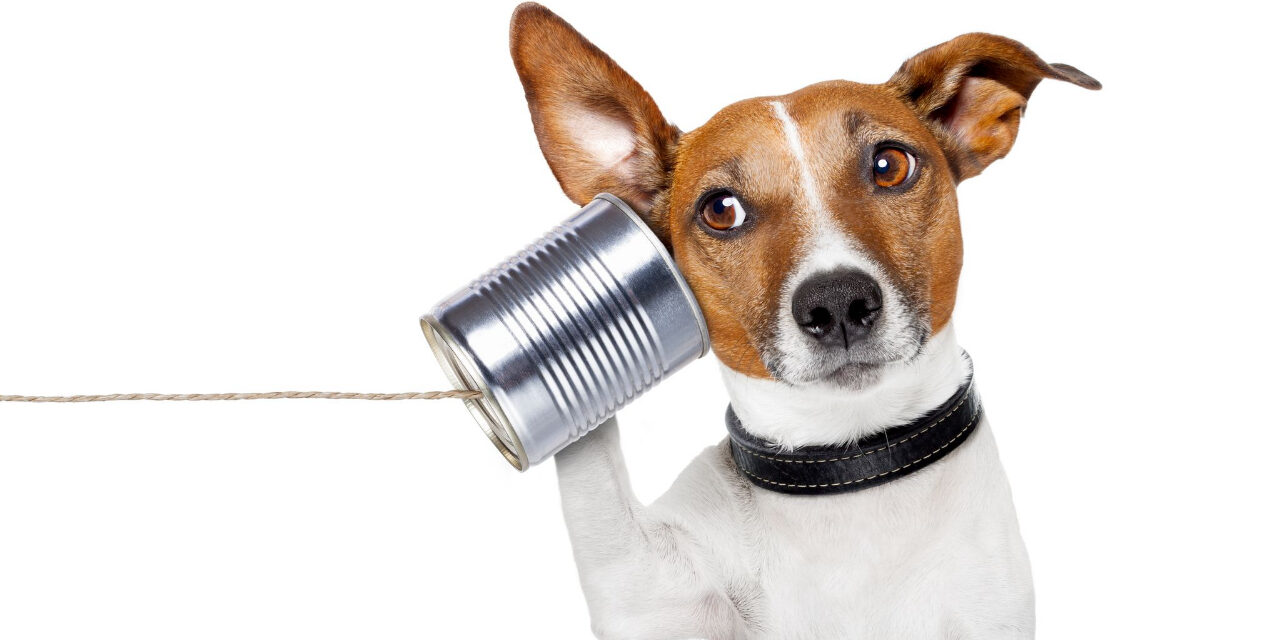Introduction
In both personal and professional relationships, effective communication is a necessary skill. However, if we don’t actively listen to what others are saying, it’s challenging to understand what they are saying. Being able to actively listen can improve our communication abilities and help us forge closer bonds with friends, family, and coworkers. In this blog post, we’ll examine the practice of active listening and make suggestions on how to listen more intently. We’ll discuss the significance of interpreting both verbal and nonverbal cues as well as how actively listening may make us better communicators. We’ll also go through how to foster open and safe communication in our daily interactions and how to practice active listening. By the end of this blog post, you will have the tools and knowledge you need to improve your listening abilities and communication skills.
Pay Attention To The Speaker
Paying attention to the speaker is one of the most important parts of learning how to listen actively. You’ll be able to concentrate better on the conversation and the speaker’s viewpoints if you do this. It is possible to misunderstand what is being said and overlook important details if you are passively listening. You can develop a rapport of respect and trust with the speaker by paying close attention to them. It shows that you are paying attention to what is being said and are engaged in the conversation. If you listen carefully to the other person, you’ll be able to provide suggestions and ask pertinent questions that will keep the conversation moving forward in a meaningful direction. This provides the speaker with the feeling of being heard and understood.
Repeat Back What You Heard
One of the most important skills you can develop in the art of active listening is to repeat back what you heard. Although it may feel strange at first, this is a crucial component of having a productive conversation. By repeating back what you heard, you show the speaker that you are paying attention and offer them the chance to elaborate or clarify what they said. It’s a good way to avoid misunderstandings by making sure you’ve grasped the other person’s point entirely. It can encourage more fruitful conversation and is an excellent approach to show your willingness to active listening.
Ask Clarifying Questions
When you’re actively listening, ask questions to make sure you understand everything. Learning to listen carefully can improve your ability to take in what others are saying and keep that information in mind for later use. By asking the speaker clarifying questions, you can show that you value their thoughts and opinions and that you are giving them your full attention. When you ask questions, you also learn more about what’s being said, which helps you give better feedback and insights. Examples of clarifying questions include: “Can you tell me more about that?” “What do you mean by that?” and “How did that make you feel?”.
Avoid Distractions
The fourth important aspect of active listening is avoiding distractions. This means paying attention to the speaker and not letting your mind wander to other things. It’s crucial to pay attention to the speaker and avoid making assumptions or speaking before they’ve finished their statement. It’s crucial to give your complete attention to what the other person is saying and to show that you are paying careful attention. Also, it’s important to focus on understanding what the person is trying to say instead of coming up with a response in your head. Active listening requires you to show the other person that you are engaged in what they are saying. Make eye contact and periodically nod your head to show that you are truly paying attention. This will show the other person that you are listening and interested in what they are saying. By not interrupting and practicing active listening, you can become a more engaged and effective listener.
Show Genuine Interest
One of the most crucial elements of active listening is expressing a genuine interest in the conversation. As a listener, you ensure that you are paying attention and are engaged in what the speaker is saying. To show that you are paying attention and interested, keep eye contact, nod your head, and ask questions. The speaker will feel more at ease and be more inclined to open up and provide more information if they sense your interest in the conversation. The purpose of active listening is to make the speaker feel appreciated and heard, and one way to do this is to show genuine interest in what they are saying.
Avoid Interrupting
One of the most important things you can do to become a good listener is to learn not to interrupt. It’s easy to become so engrossed in a conversation that you forget to pause and allow the other person to finish their thought. Interrupting someone can appear disrespectful and make them feel as if their ideas and opinions are unimportant. Instead, spend some time listening intently to what they have to say before adding your own comments. By not interrupting, you may ensure that everyone in the conversation feels heard and respected.
Use Nonverbal Cues
Active listening requires paying close attention to nonverbal cues. They include the body language, facial emotions, and gestures that people use to communicate with one another. People can be conscious and unconscious about the nonverbal cues they use. A listener can better grasp the speaker’s feelings, thoughts, and opinions by attentively observing nonverbal signs. This can facilitate a more meaningful interaction between the speaker and the listener. Keep in mind that everyone’s interpretation of a person’s nonverbal clues will be slightly different, so you’ll need to pay close attention to the context and read between the lines.
Offer Helpful Feedback
Giving useful feedback as a listener is an integral part of active listening. Effective feedback should be timely, provide constructive criticism, and promote further dialogue. It should be supportive, yet clear and direct. A good way to start is by using positive language and highlighting what the person is doing well. After that, provide specific, actionable feedback on how they can improve. Avoiding criticism and judgmental language can help ensure the feedback is received in a positive manner. Additionally, closing with a positive comment can also help maintain a respectful dialogue. Providing useful feedback helps the speaker to understand their message more clearly and can open up discussion for further understanding. When done effectively, giving useful feedback can help to bridge communication gaps and promote a productive exchange of ideas.
Conclusion
Practicing the art of active listening is a valuable skill that can lead to better relationships, increased productivity, and improved communication. With the tips outlined in this guide, you can become a more engaged listener and create positive and meaningful dialogue with those around you. Listening actively will help you better understand others, build meaningful relationships, and cultivate a more positive and productive environment.











